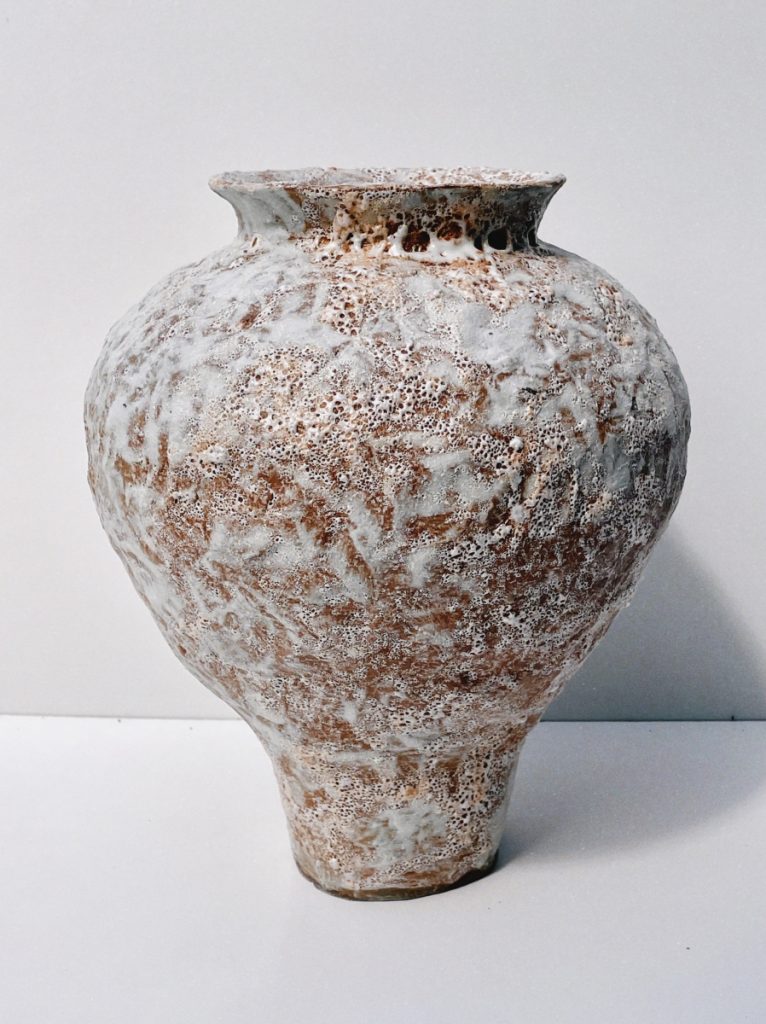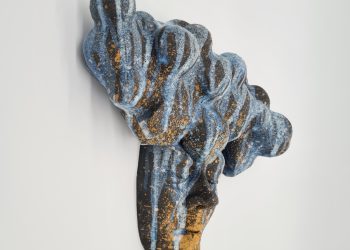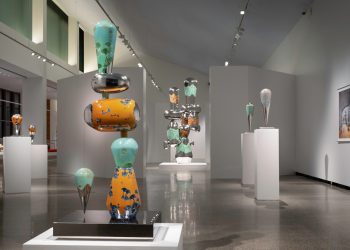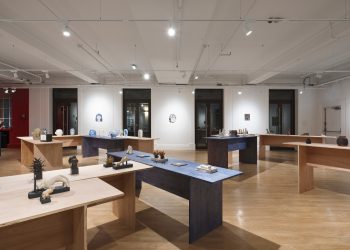
No Greater Reef, 2021, Terracotta, Strontium, Barium, Sizes Vary 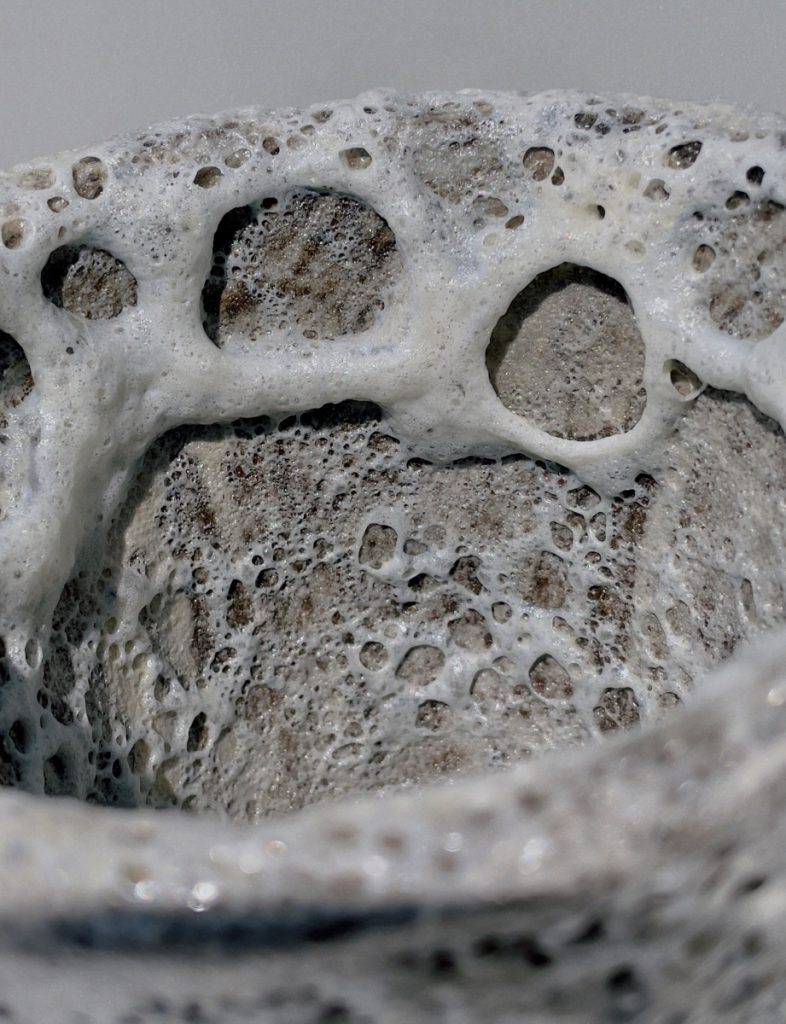
No Greater Reef, 2021, Terracotta, Strontium, Barium, Silicon Carbide, Glaze Detail 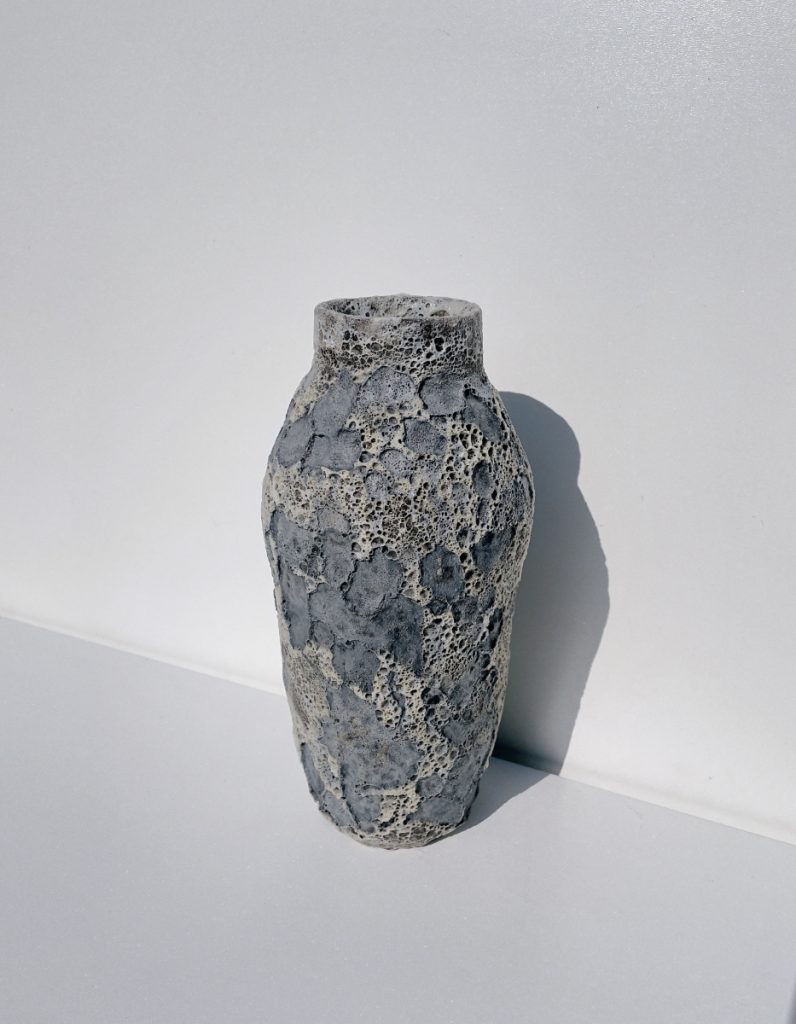
No Greater Reef, 2021, Terracotta, Strontium, Barium, Silicon Carbide, 24 x 12 x 10 cm 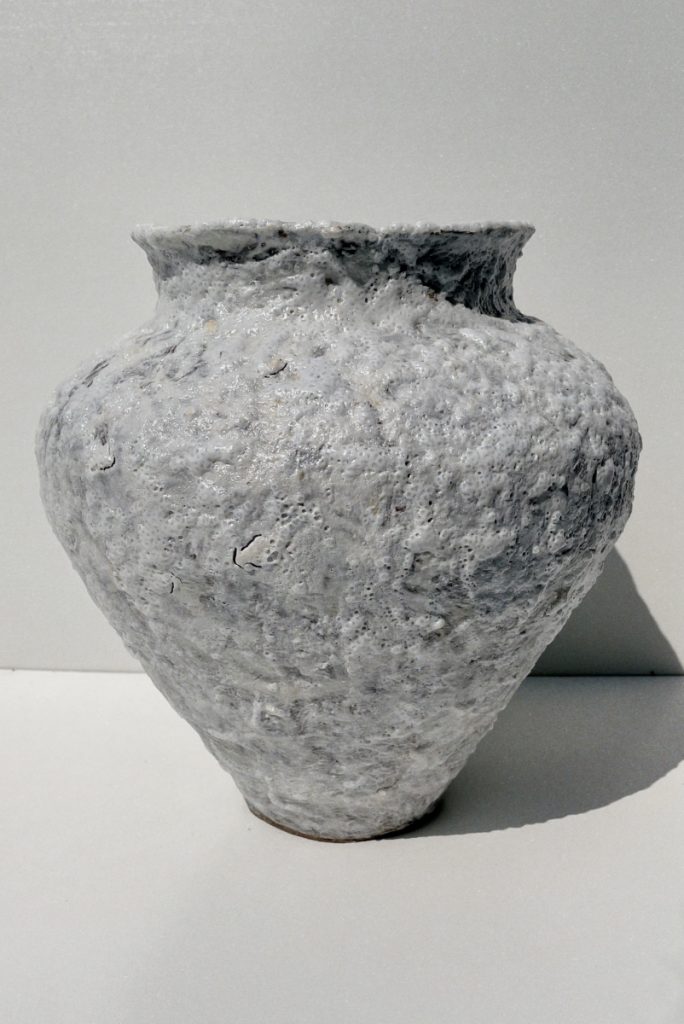
No Greater Reef, 2021, Terracotta, Reactive Slip, Shino Glaze, SiC, 24,5 x 24 x 24 cm 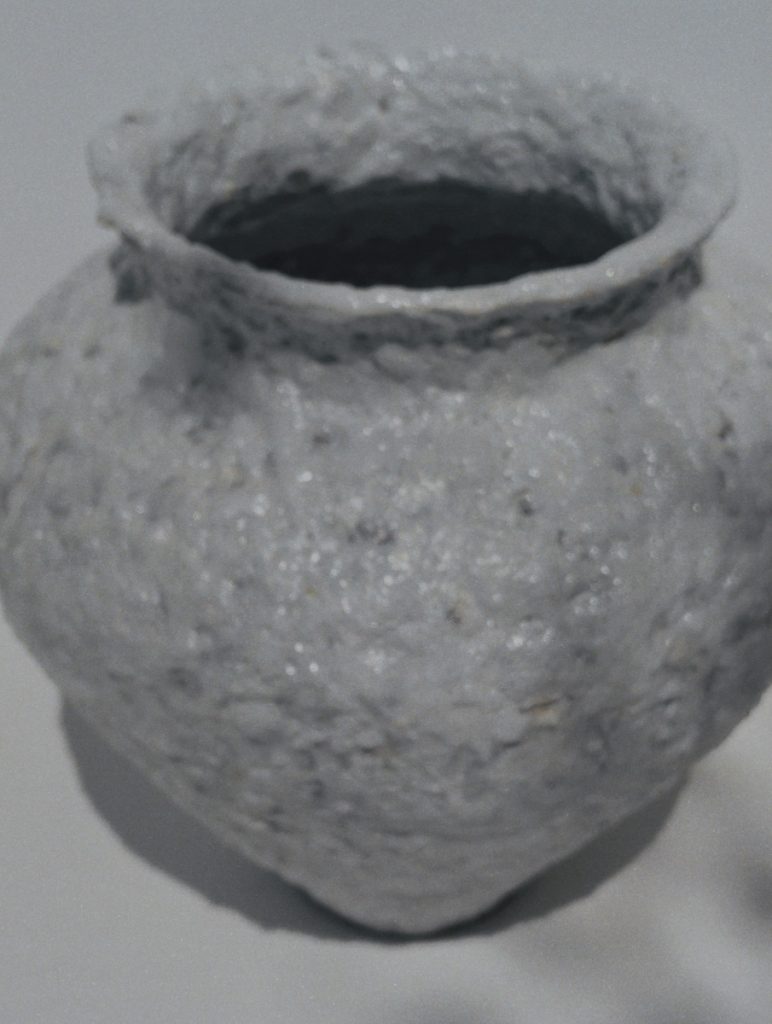
No Greater Reef, 2021, Terracotta, Reactive Slip, Shino Glaze, SiC, 24,5 x 24 x 24 cm 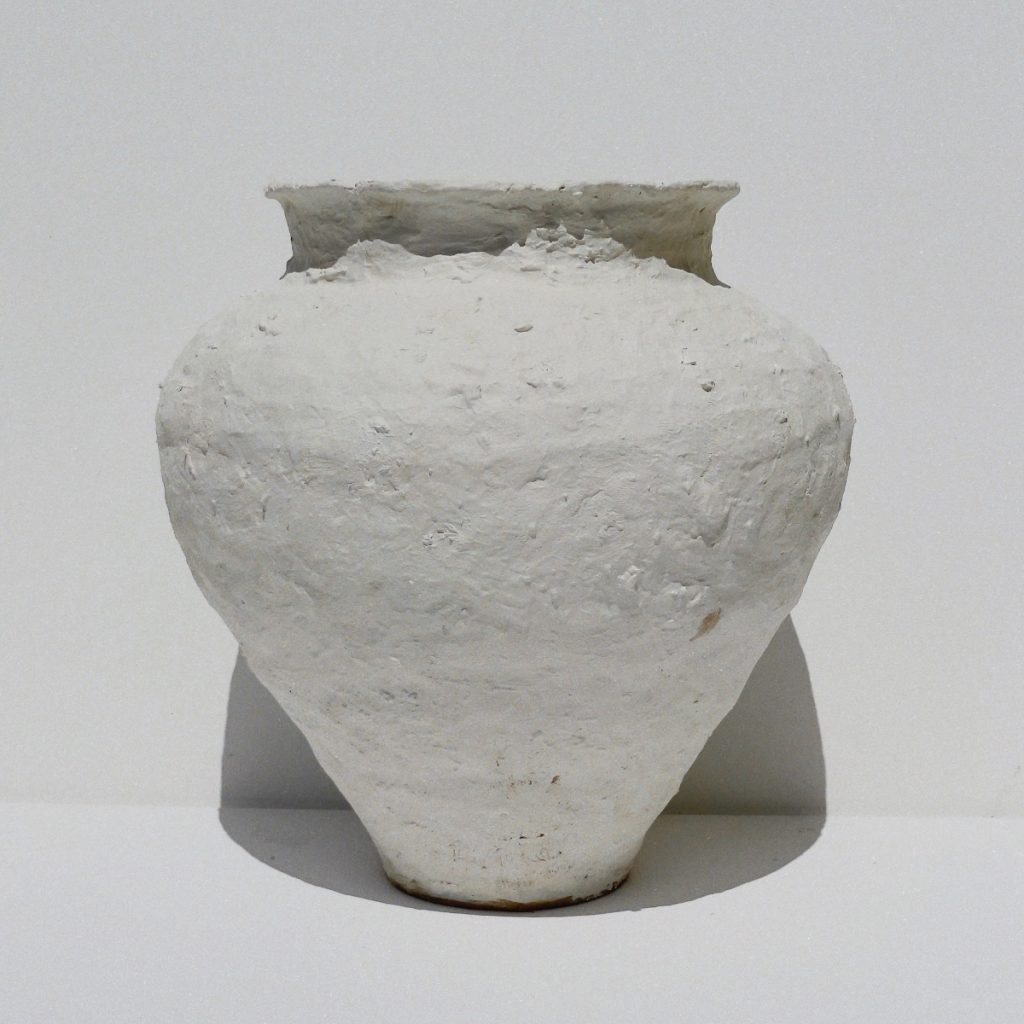
No Greater Reef, 2021, Terracotta, Reactive Slip, Shino Glaze, SiC, 24,5 x 24 x 24 cm 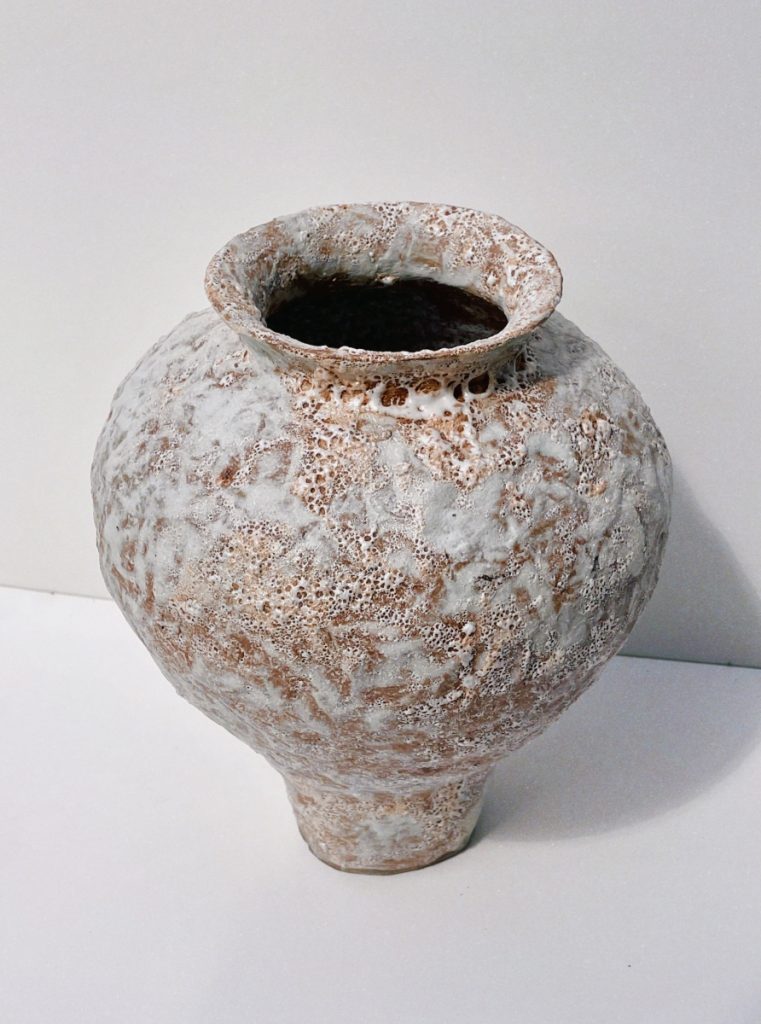
No Greater Reef, 2021, Terracotta, Porcelain Slip, Shino Glaze, 26,5 x 22 x 22,5 cm 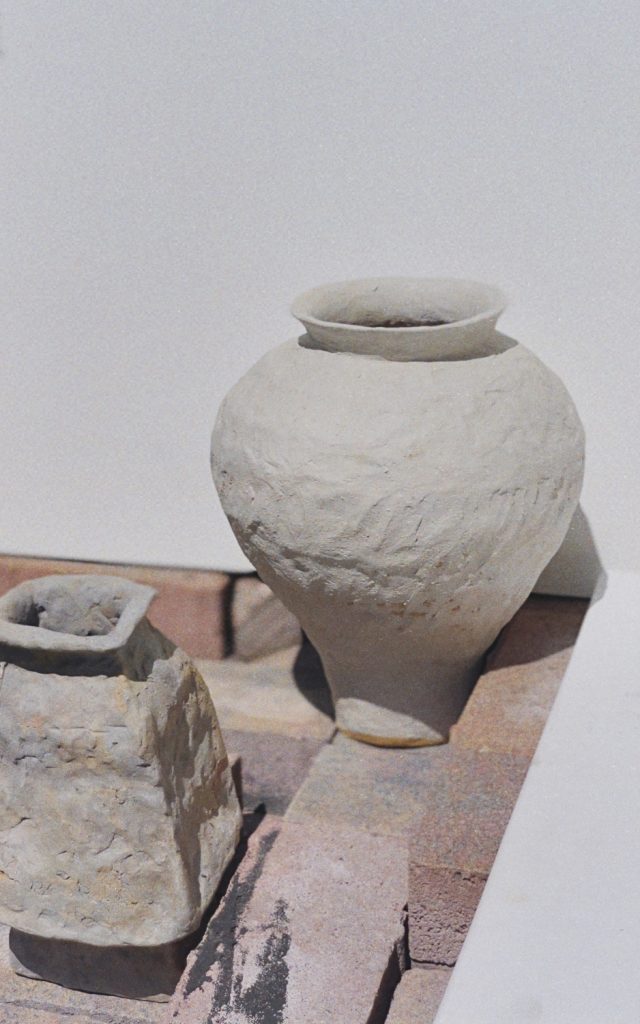
No Greater Reef, 2021, Terracotta, Porcelain Slip, Drying, 26,5 x 22 x 22,5 cm 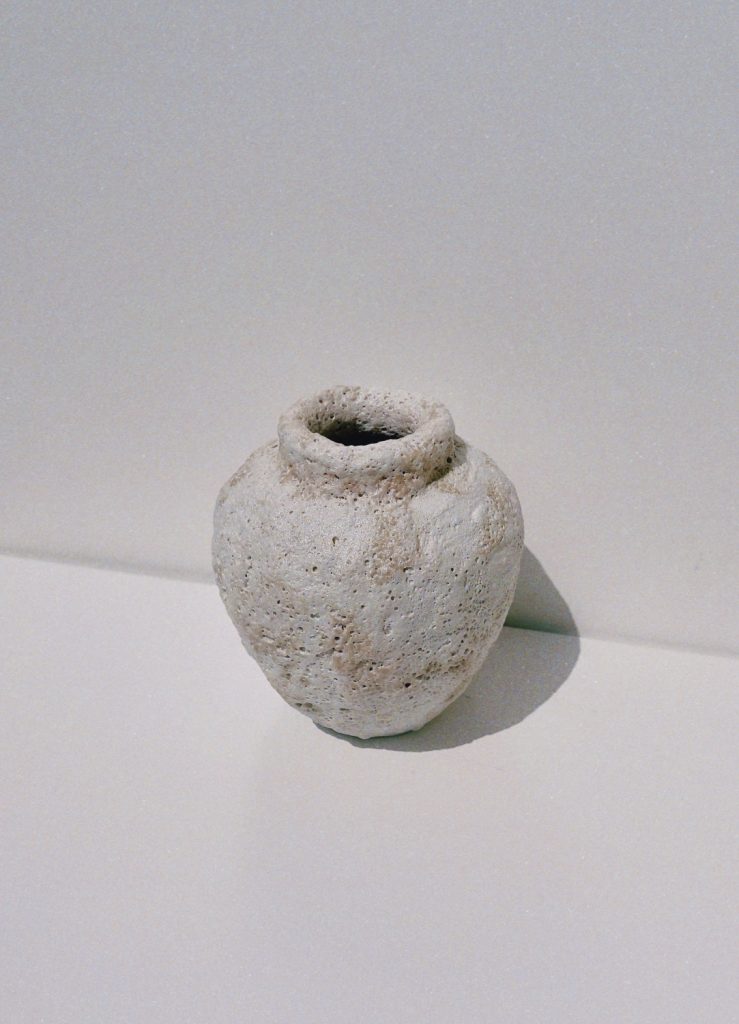
No Greater Reef, 2021, Porcelain, Shino Glazes, Tin, 20 x 16,5 x 17 cm 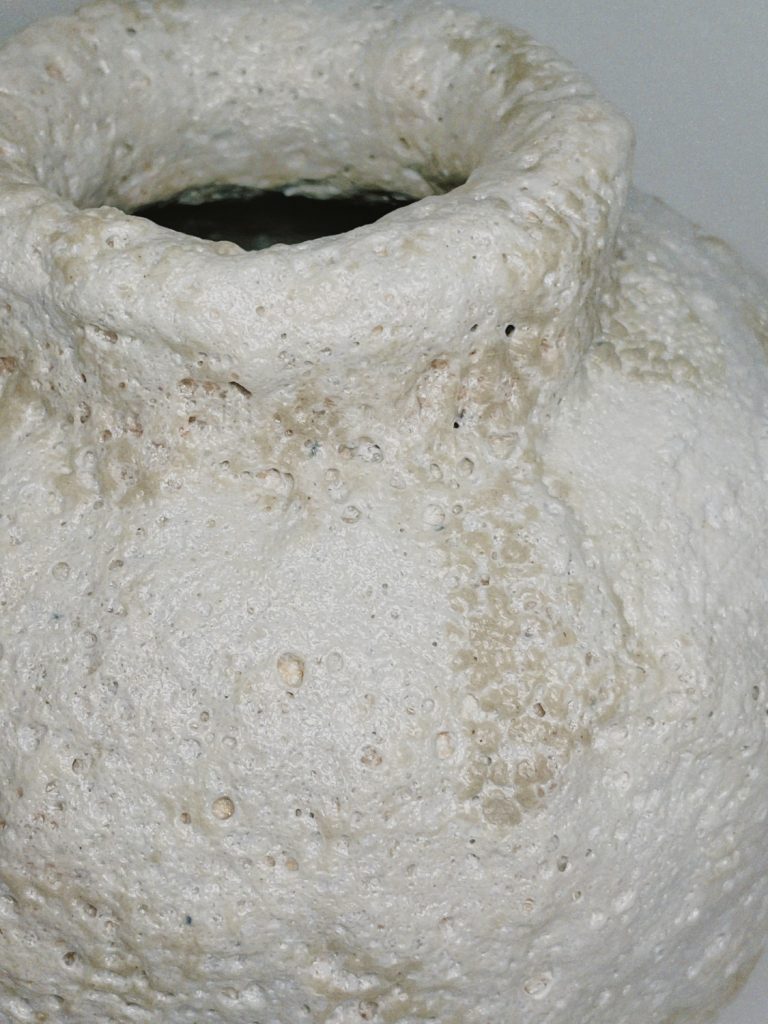
No Greater Reef, 2021, Porcelain, Shino Glazes, Tin, Glaze Detail 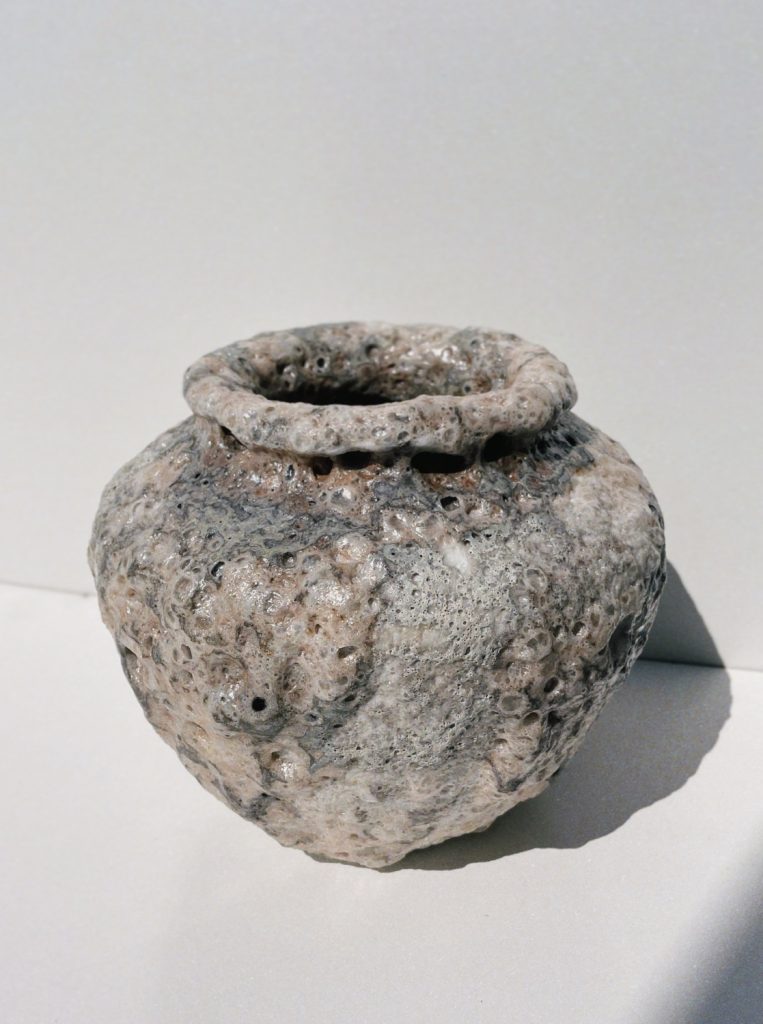
No Greater Reef, 2021, Stoneware, Shino Glazes, SiC, 15,5 x 20 x 18,5 cm 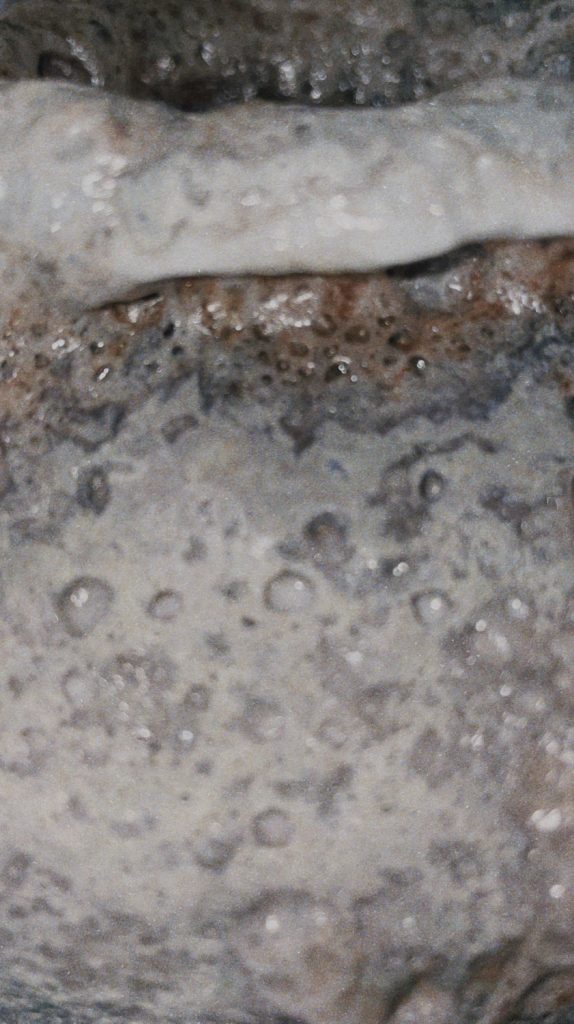
No Greater Reef, 2021, Stoneware, Shino Glazes, SiC, Glaze Detail 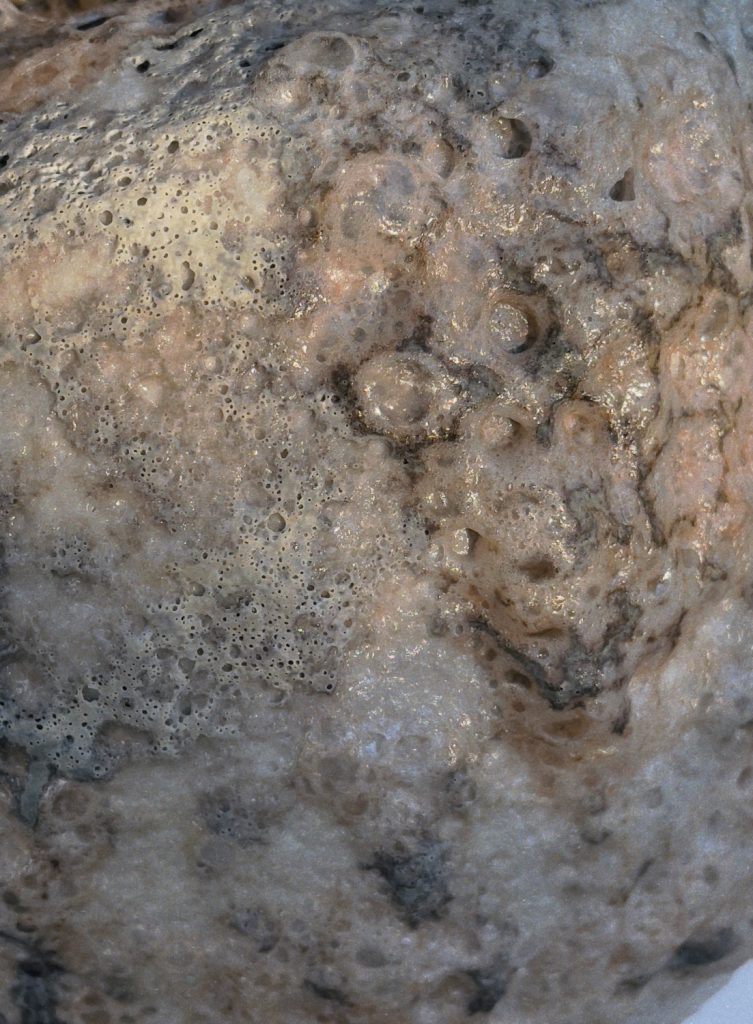
No Greater Reef, 2021, Stoneware, Shino Glazes, SiC, Glaze Detail 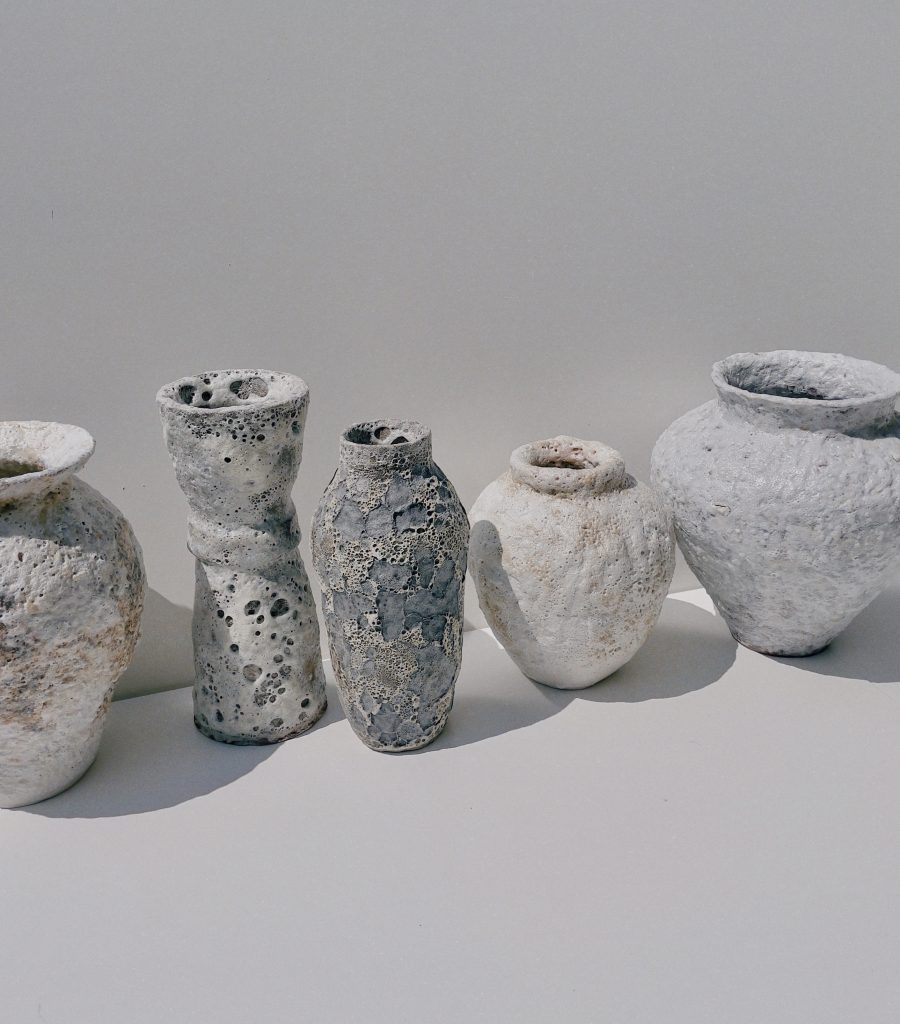
No Greater Reef, 2021, Stoneware, Porcelain, Terracotta, Shino Glazes, Cabonates, Sizes vary 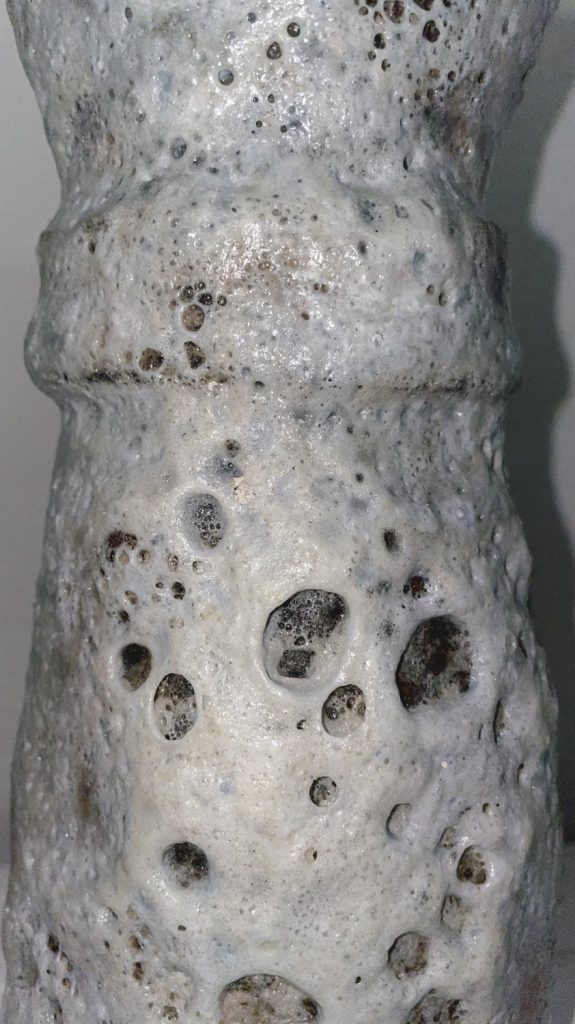
No Greater Reef, 2021, Terracotta, Strontium, Barium, Silicon Carbide, Glaze Detail 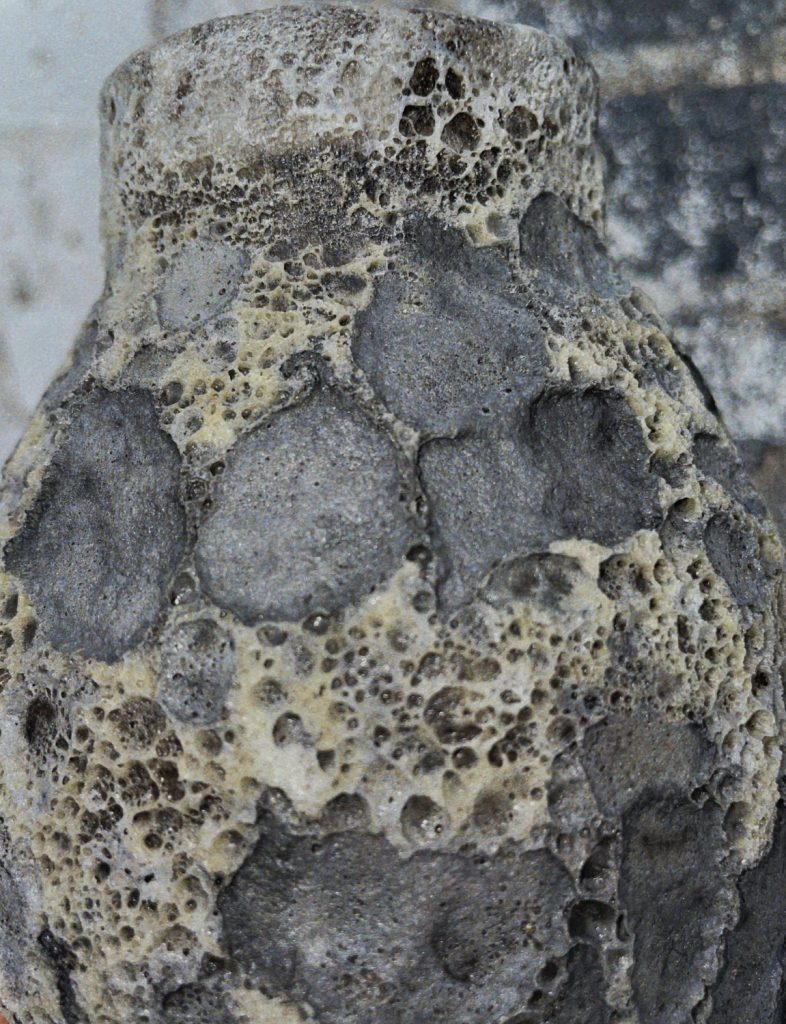
No Greater Reef, 2021, Terracotta, Strontium, Barium, Silicon Carbide, Glaze Detail
Lisa Geue: No Greater Reef, 2021
No Greater Reef is Lisa Geue’s second work series that is made of several vessels, built by hand using the coiling and slapping techniques. Concentrating again on ancient shapes, Geue focuses on thick, organic appearing glazes that will raise associations with marine lifeforms and reefs. Affected by Australia’s nature and its prominent, yet endangered underwater world, the title refers to the worlds largest coral reef: The Great Barrier Reef. With its total loss of 50% of corals, it is on the verge of extinction. By reading the title in a comparing way, as in there is no greater reef than (…), the linguistics automatically refer to its status as the worlds biggest coral cluster. Yet it can also be read with the aspect of time as in there is no greater reef (anymore). This ambiguity is also part of the creating process in which layers of glazes are built up, only to leave fragments of decay like craters and holes after being fired several times. In deliberately destroying the surface with tools, Geue creates sharp edges and leftovers just like the remnants of a destroyed reef. Other vessels seem intact and because of their colorful glazes, alive. These objects have been revoked of their function, while their surfaces almost seem to hide the vessel’s shape. Geue uses reactive slips, Silicon Carbide, Magnesium Carbonate, Tin, shells and sand to create thick layers of organic appearing surfaces which reveal a unique base frame once partially removed.
Forms and building techniques again were inspired by the Jōmon period and the Uruk period of Mesopotamia (4000–3100 BC).


